10 Best Echinacea Angustifolia Preparations

The best medicinal preparations of Echinacea angustifolia are teas, decoctions, tinctures, syrups, and capsules, each offering unique benefits for immune support and inflammatory conditions.
Teas and decoctions are commonly used to stimulate the immune system and alleviate cold symptoms.
Tinctures provide a concentrated form of the herb, often taken in small doses for quick absorption.
Syrups are popular for children and those who prefer a sweet taste, while capsules offer a convenient and standardized dosage option.
These preparations have been traditionally used in herbal medicine to promote wellness and enhance the body's natural defenses.
Below there's a list of the 10 best herbal preparations of echinacea angustifolia for medicinal purposes.
- 1. Teas
- 2. Decoctions
- 3. Tinctures
- 4. Syrups
- 5. Capsules
- 6. Lozenges
- 7. Creams
- 8. Linctuses
- 9. Oinments
- 10. Gargles
1. Teas
Echinacea angustifolia teas is commonly used to support the immune system and alleviate symptoms of colds and respiratory infections.
This herbal preparation is frequently employed to treat ailments such as the common cold, sore throat, and bronchitis due to its purported antimicrobial and anti-inflammatory properties. The most common medicinal uses include reducing the duration and severity of upper respiratory tract infections. The bioactive constituents responsible for its medicinal effects include alkamides, caffeic acid derivatives, polysaccharides, and flavonoids, which are believed to enhance immune function and exhibit antimicrobial activity.
These compounds work synergistically to provide the plant's therapeutic benefits.
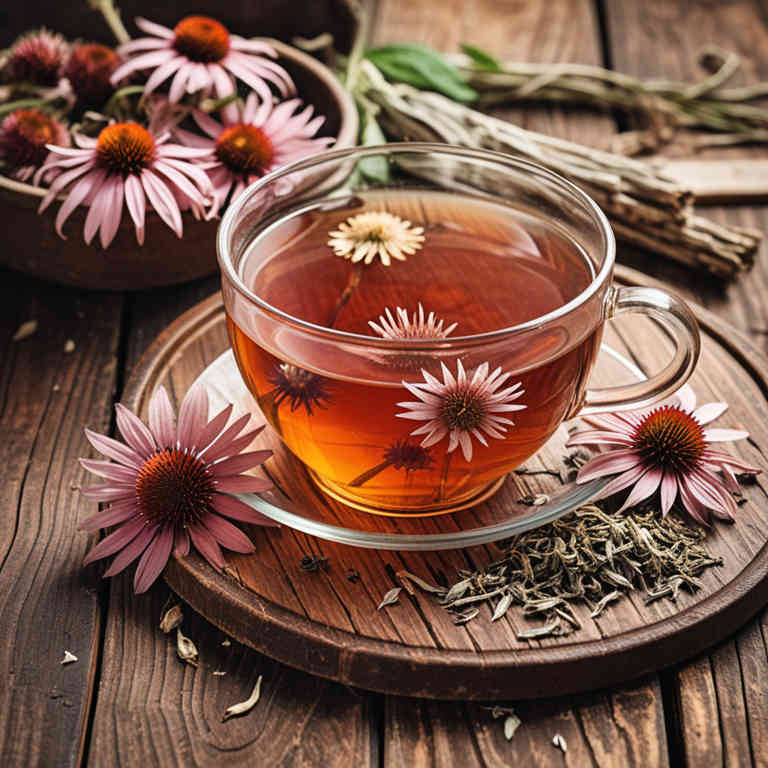
2. Decoctions
Echinacea angustifolia decoctions is commonly used to support the immune system and treat respiratory and skin infections.
This herbal preparation is often employed to alleviate symptoms of the common cold, influenza, and bronchitis. It is also used for its anti-inflammatory and antiseptic properties to address conditions like eczema and minor wounds. The bioactive constituents responsible for its medicinal effects include alkamides, caffeic acid derivatives, and polysaccharides, which exhibit immunostimulant, antimicrobial, and anti-inflammatory actions.
These compounds contribute to its traditional use in promoting healing and enhancing immune response.
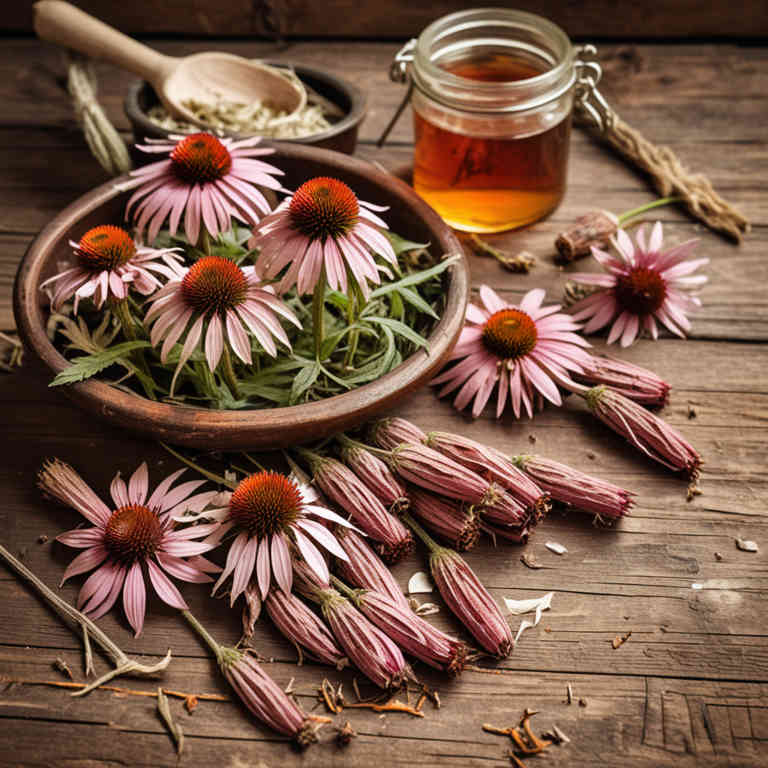
3. Tinctures
Echinacea angustifolia tinctures is commonly used to support immune function and treat respiratory and skin conditions.
They are frequently used for colds, flu, sore throat, and minor skin infections due to their anti-inflammatory and antimicrobial properties. The most common medicinal uses include alleviating symptoms of the common cold, reducing inflammation, and promoting wound healing. The bioactive constituents responsible for these effects include alkamides, caffeic acid derivatives, polysaccharides, and flavonoids, which exhibit immunostimulant, antioxidant, and antiviral activities.
These compounds work synergistically to enhance the body's defense mechanisms and combat infections.
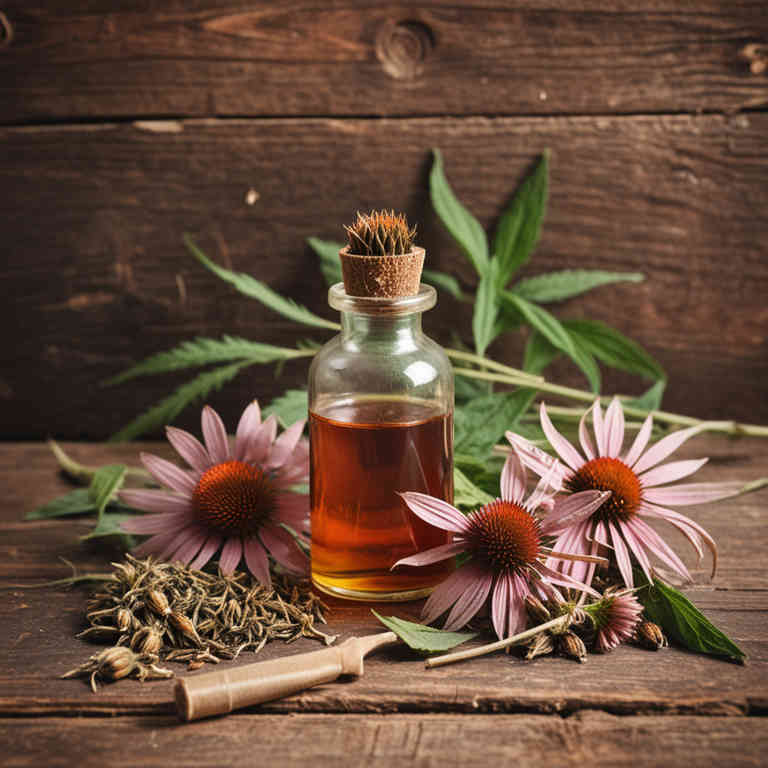
4. Syrups
Echinacea angustifolia syrups is commonly used to support the immune system and alleviate symptoms of respiratory infections.
The most common medicinal uses include treating colds, coughs, sore throats, and mild cases of bronchitis. It is also used to reduce the severity and duration of these ailments. The bioactive constituents responsible for its medicinal properties include polysaccharides, alkamides, and caffeic acid derivatives, which have anti-inflammatory, antiviral, and immunostimulant effects.
These compounds help enhance immune response and combat viral infections.
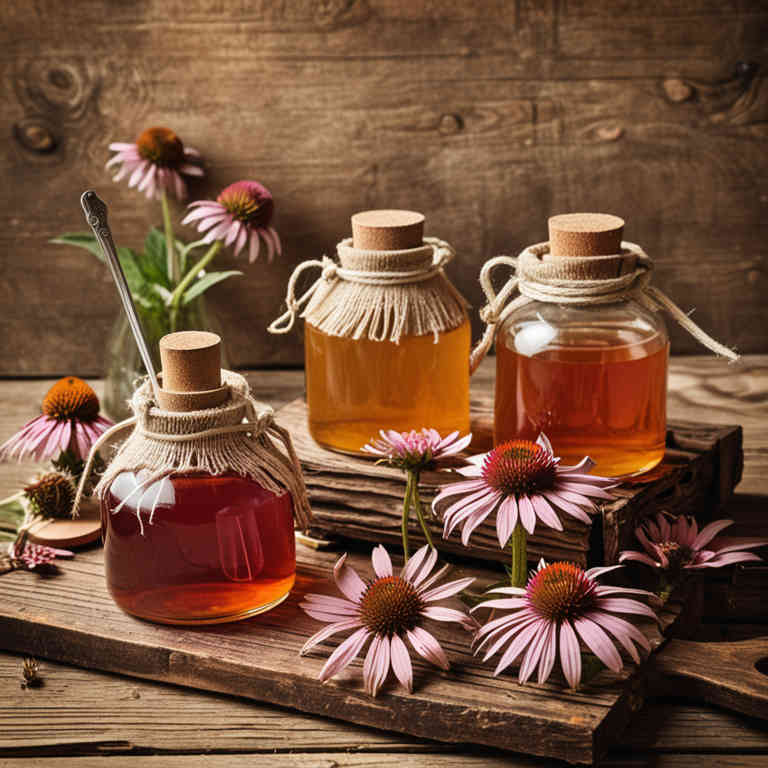
5. Capsules
Echinacea angustifolia capsules is commonly used to support the immune system and alleviate symptoms of colds, flu, and upper respiratory tract infections.
They are also used to reduce inflammation and promote wound healing. The most common medicinal uses include treating respiratory infections, boosting immunity, and managing skin conditions such as eczema and minor wounds. The bioactive constituents responsible for these effects include alkamides, caffeic acid derivatives, polysaccharides, and flavonoids, which have anti-inflammatory, antiviral, and immunostimulant properties.
These compounds work together to enhance the body's natural defenses and reduce the severity of infections.

6. Lozenges
Echinacea angustifolia lozenges is commonly used to support the immune system and alleviate symptoms of respiratory infections.
They are frequently employed to treat colds, sore throats, and mild coughs due to their anti-inflammatory and antimicrobial properties. The most common medicinal uses include reducing the duration and severity of upper respiratory tract infections. Bioactive constituents such as alkamides, caffeic acid derivatives, and polysaccharides are believed to contribute to its immune-stimulating and antiviral effects.
These compounds help enhance the body's natural defenses against pathogens.
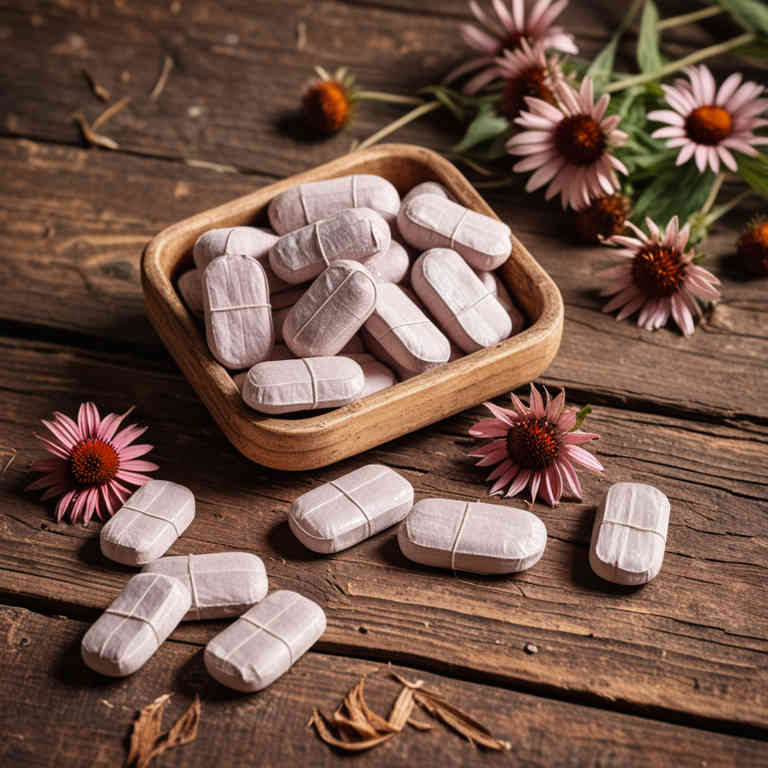
7. Creams
Echinacea angustifolia creams is commonly used to support the immune system and alleviate symptoms of minor skin irritations and infections.
These creams are often applied topically to treat conditions such as eczema, psoriasis, and minor wounds due to their anti-inflammatory and antimicrobial properties. The most common medicinal uses include reducing inflammation, promoting skin healing, and providing relief from skin infections. The bioactive constituents responsible for these effects include alkamides, caffeic acid derivatives, and polysaccharides, which have immunostimulant and anti-inflammatory actions.
These compounds work together to enhance the body's natural defenses and support skin health.

8. Linctuses
Echinacea angustifolia linctuses is commonly used to alleviate respiratory symptoms and support the immune system.
It is most frequently employed to treat conditions such as coughs, colds, sore throats, and mild respiratory infections. The preparation is believed to help reduce inflammation and boost the body's defenses against viral infections. The bioactive constituents responsible for its medicinal properties include alkamides, caffeic acid derivatives, polysaccharides, and flavonoids.
These compounds are thought to exhibit anti-inflammatory, immunostimulant, and antiviral effects.

9. Oinments
Echinacea angustifolia oinments is commonly used to treat skin infections, wounds, and inflammatory conditions due to its antimicrobial and anti-inflammatory properties.
These preparations are often applied topically to reduce redness, swelling, and the risk of infection in minor cuts, burns, and abrasions. The most common medicinal uses include addressing acne, eczema, and other skin irritations, as well as supporting the body's immune response against viral and bacterial infections. The bioactive constituents responsible for these effects include alkamides, caffeic acid derivatives, polysaccharides, and flavonoids, which exhibit antimicrobial, immunostimulatory, and anti-inflammatory actions.
These compounds work synergistically to enhance the body's defenses and promote healing.

10. Gargles
Echinacea angustifolia gargles is commonly used to alleviate symptoms of respiratory infections and sore throat.
This herbal preparation is often employed to treat conditions such as colds, flu, and咽喉炎 (pharyngitis) due to its antimicrobial and anti-inflammatory properties. The most common medicinal uses include reducing throat pain, swelling, and preventing the spread of infections in the upper respiratory tract. Bioactive constituents such as alkamides, caffeic acid derivatives, and polysaccharides are believed to contribute to its immune-stimulating and antiviral effects.
These compounds work together to enhance the body's defense mechanisms and reduce inflammation.
